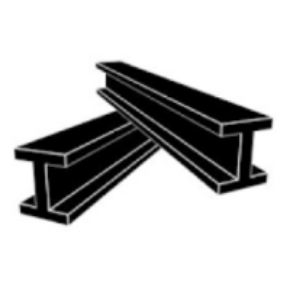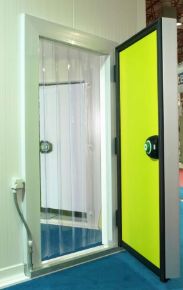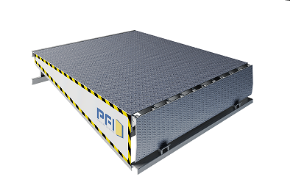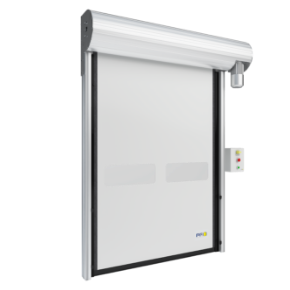Industrial refrigeration systems include various systems used in large-scale commercial or industrial facilities to control heat and provide optimum operating conditions. Here are some common industrial cooling systems:
• Chiller Systems: Chillers (chillers) are systems that reduce the temperature of an environment such as water or air with the help of refrigerants. In these systems, refrigerants operating based on the principles of evaporation or suction cooling are used.
• Compressor Based Refrigeration Systems: In these systems, a compressor is used that compresses the gases and generates heat during this compression process. The compressor increases the pressure and temperature of the refrigerant, and then a condenser is used to expel the heat.
• Cooling Towers: Cooling towers are large structures or equipment generally used in industrial facilities. In these systems, hot water or process water is pumped into the cooling tower and brought into contact with the air flow to lower the temperature of the water.
• Absorption Cooling Systems: Absorption cooling systems use an absorber and a heatsink to absorb and transport heat. In this system, a refrigerant evaporates by absorbing the heat and is then absorbed by the absorber. This loop between absorber and cooler provides cooling by transferring heat.
• Evaporative Cooling Systems: Evaporative cooling systems perform cooling by evaporation of water. In an environment where hot air comes into contact with water vapor, the water absorbs heat from its surroundings and lowers the temperature of the air as it evaporates.
• Vortex Cooling Systems: Vortex cooling systems provide cooling using a high-speed rotating air stream. In these systems, the rapidly rotating air flow creates a cooling effect by expelling the hot air in the environment.
These systems are used in industrial facilities for different needs and applications. For example, industrial cooling systems are used to cool equipment in factories, to cool servers in data centers, or to control temperature in power generation facilities.
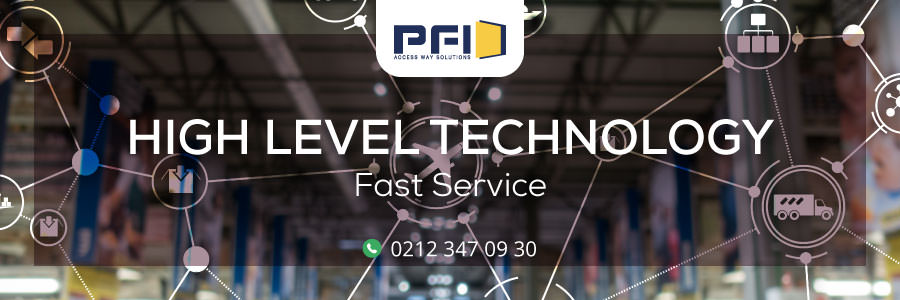
In Which Areas Are Cooling Systems Used?
• Commercial Buildings: Commercial buildings such as office buildings, shopping malls, hotels, restaurants need cooling systems to maintain a comfortable indoor temperature.• Industrial Facilities: In industrial facilities such as factories, production facilities, chemical facilities, and power plants, cooling systems are used in order for the business processes to work effectively. Various cooling systems are used in these facilities to control the temperatures of equipment, machines or processes and to provide optimum working conditions.
• Data Centers: Data centers need powerful cooling systems to control the heat generated by servers and computer equipment. Overheating can affect the performance of data centers and damage equipment. Therefore, an efficient cooling infrastructure is important in data centers.
• Food and Processed Food Industry: Cooling systems are used in areas such as food production facilities, storage areas, cold stores. These systems are used to keep food fresh and to create low temperature storage and transportation conditions.
• Medical and Healthcare Area: There are devices and materials that require precise temperature control in medical and health areas such as hospitals, laboratories, pharmaceutical production facilities. Cooling systems are important for keeping materials or drugs at the right temperature in these areas and for devices to work stably.
• Supermarkets and Markets: In large supermarkets and markets, cooling systems are used for displaying and storing fresh food products. Low temperatures are provided to preserve the quality of the food in the aisles and to prevent spoilage.
These are just some examples and the areas where cooling systems are used are very diverse. In general, refrigeration systems play an important role in many areas such as controlling indoor temperature, maintaining the storage and processing conditions of products, power generation and industrial processes.





